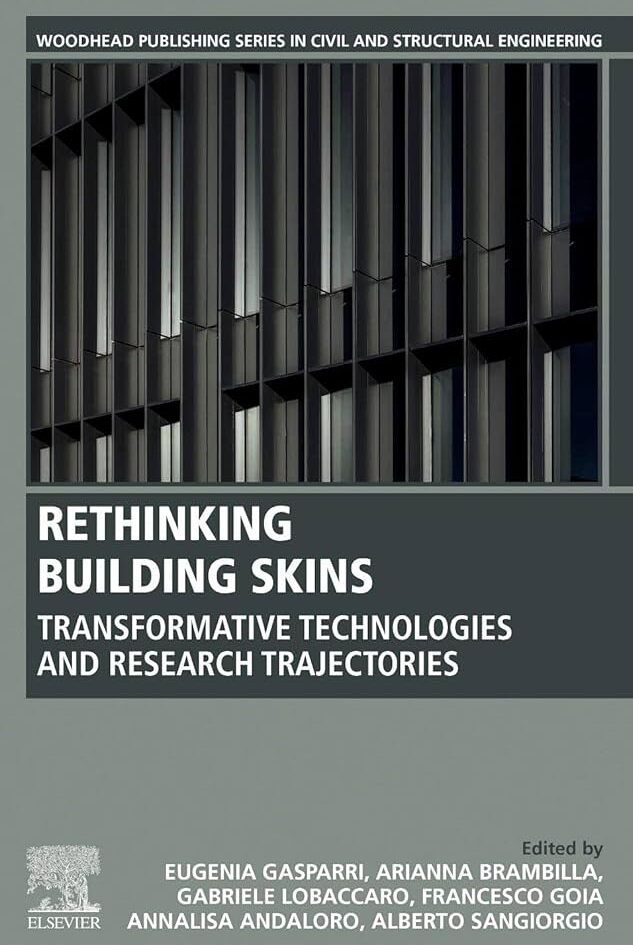
Building skin is one of the most significant contributors to the energy budget and the comfort parameters of any building. As energy and other natural resources continue to be depleted, it has become clear that technologies and strategies that allow us to maintain our satisfaction with interior environment while consuming fewer of these resources are major objectives for the contemporary facade designs. Moreover, life cycle considerations for facade design, engineering, production, installation, maintenance and disassembly are integral for the future of building skins. Therefore systematic and integrated approach for design, engineering, construction and operation is essential, and collaboration between different stakeholders is paramount for this endeavor.
This book presents strategies, technologies and research trajectories associated with contemporary building facades. The primary goal of the book is to discuss trends that can transform facade industry, including design, engineering, fabrication, construction, operation, maintenance and end-of-life considerations. The book is organized into introductory section that outlines the role of building facades in the built environment and current challenges, followed by an overview of state-of-the-art technologies and methods. Then, two major parts present different global perspectives on product innovation (Part A) and process innovation (Part B). Product innovation refers to new materials, technologies and systems, new concepts and forms, and new needs and performance requirements. Process innovation considers new design methods, fabrication and construction techniques, and operational modes.
Chapters in Part A: Product Innovation discuss relationships between facades and urban design, coatings and transparency, advanced fenestration systems, adaptive facades and intelligent systems, biomimicry and building skin design, energy-producing facades, modular timber envelopes, retrofitting strategies for existing buildings, vegetated systems and interactive media facades.
Chapters in Part B: Process Innovation present complexities in tall building facade design, resiliency, inverse design methods, automated design and knowledge-based engineering, additive manufacturing, mass customization and digital transformations, robotic technologies for prefabrication, life cycle assessments and circular economy as it relates to building skin and supply-chain model.
The remarkable aspect of this book is that it provides different viewpoints and perspectives from faculty members, researchers and industry professionals around the world. It sets the course of action for transforming the design, engineering and construction of facade systems. Innovation requires intense research and development, and the current challenges facing our industry can only be solved by dedicated research, technological developments and solutions that improve the performance of building skin and ultimately our buildings and the built environment. Strategies and methods that are presented in this work can certainly help us in our quest to create better performing, environmentally sensitive enclosures of the future.
Citation:
Aksamija, A., (2022). “Foreword: Future Building Skins”, in Rethinking Building Skins: Transformative Technologies and Research Trajectories, Eugenia Gasparri, Arianna Brambilla, Gabriele Lobaccaro, Francesco Goia, Annalisa Andaloro and Alberto Sangiorgio, eds., Elsevier, Amsterdam: The Netherlands.
